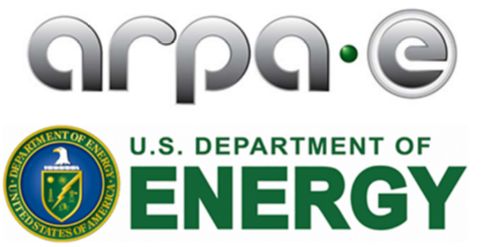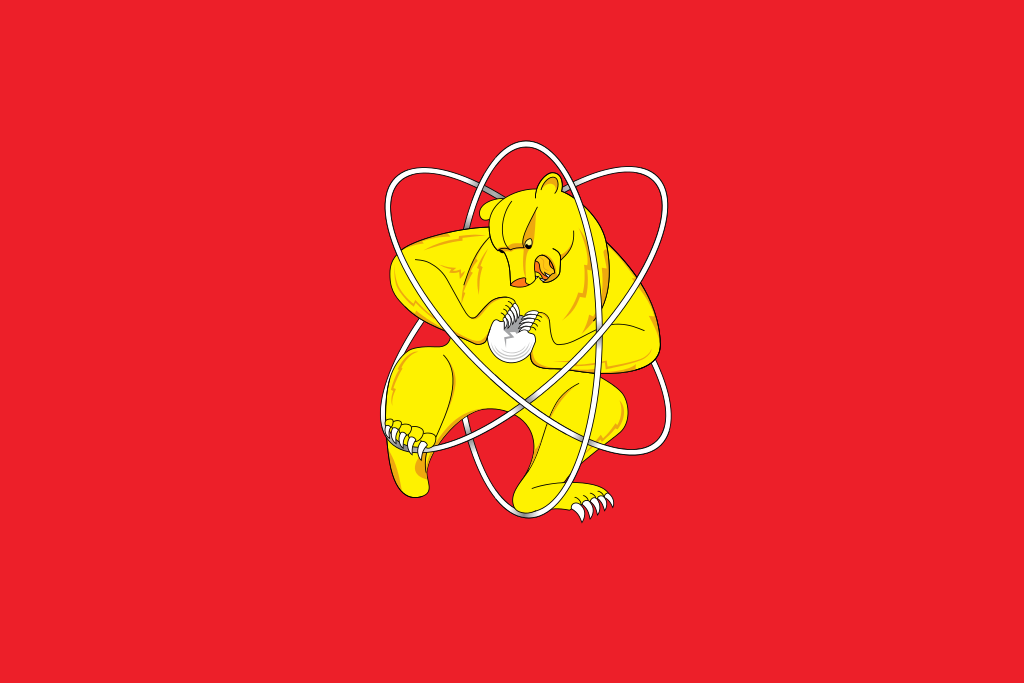Blog
-

Geiger Readings for Dec 25, 2018
Ambient office = 67 nanosieverts per hour
Ambient outside = 106 nanosieverts per hour
Soil exposed to rain water = 105 nanosieverts per hour
Red delicious apple from Central Market = 64 nanosieverts per hour
Tap water = 86 nanosieverts per hour
Filter water = 69 nanosieverts per hour
-

The U.S. Department Of Energy Announces New Funding For Energy Research
The U.S. Department of Energy’s Oak Ridge National Laboratory (ORNL) has just announced that it will take part in six new collaborations with private companies to develop advance technologies for nuclear energy. Access to the nuclear experts and facilities of ORNL for the private collaborators is considered to be worth about nine and a half million dollars. When additional cost sharing from the private companies is included, the total value for the projects is about twelve million dollars.
ORNL will team up with Exelon Generation to work on improving modelling and simulation techniques for boiling water reactors. This could enhance current reactor operations and future advanced reactor development. The Idaho National Laboratory (INL) is involved as are several universities. Together this group of organizations will form the Collaboration for Advanced Simulation of Light Water Reactors.
ORNL will team up with Analysis and Measurement Services Corporation and Pacific Northwest National Laboratory to create criteria for testing the way that aging causes deterioration of cables and insulation in nuclear power plants.
ORNL will engage in another joint project with Exelon Generation for a feasibility study for the enrichment of gadolinium-157 (GA-157) using a plasma separation process. The use of Ga-157 in current reactor fuel designs may lower fuel costs. The purpose of the joint project is to determine whether or not this enrichment process is economically sound.
ORNL will team up with Eastman and the INL to examine the design and analysis of an integrated nuclear hybrid energy system that will produce both heat and electricity for commercial use.
ORNL will team up with NexDefense Inc on the analysis of nuclear reactor cybersecurity software.
ORNL will team up with Westinghouse Electric Company to develop and test alumina-forming austenitic stainless steels for use in lead-cooled fast reactors.
The DoE’s Office of Science separately announced the availability of fourteen million dollars for a three-year project consisting of new research on fusion energy. Data gathered with the DoE tokamak at the DIII-D National Fusion Facility operated by General Atomics will be used in the research.
Universities, non-profits and private sector companies will be able to apply for a share of the funding based on competitive peer review. The funding will be in the form of three-year grants of from fifty thousand to one and a half million per year.
James Van Dam is the DOE Acting Associate Director of Science for Fusion Energy Sciences. He said, “DIII-D is one of the world’s leading tokamak or donut-shaped fusion facilities and offers excellent stead-state performance and advanced diagnostics for understanding the behavior of fusion plasmas. Data accumulated through operations of DIII-D offer a rich vein to mine for new insights into fusion.”
The DoE’s Advanced Research Projects Agency-Energy (ARPA-E) has announced that it has funding for the support of early stage, transformation energy technologies. This funding opportunity will be open for an extended period of time. New topics will be released periodically to support emerging technologies. The first round of funding will go to projects involving next generation nuclear energy and geothermal exploration. Ultra-durable, lower-energy concrete for infrastructure will be included in the first phase. Eighteen million dollars has a been allocated for this batch of projects.
US Secretary of Energy Rick Perry said. “By design, ARPA-E is an agency that adapts quickly to the changing energy landscape, and this new program will allow us to better capitalize on emerging energy trends. This program will enable the Department to target technologies at the project level, driving innovation and creating new opportunities.” -

Geiger Readings for Dec 24, 2018
Ambient office = 118 nanosieverts per hour
Ambient outside = 104 nanosieverts per hour
Soil exposed to rain water = 106 nanosieverts per hour
Peach from Central Market = 87 nanosieverts per hour
Tap water = 113 nanosieverts per hour
Filter water = 93 nanosieverts per hour
-

Geiger Readings for Dec 23, 2018
Ambient office = 89 nanosieverts per hour
Ambient outside = 105 nanosieverts per hour
Soil exposed to rain water = 94 nanosieverts per hour
Brussell sprout from Central Market = 102 nanosieverts per hour
Tap water = 91 nanosieverts per hour
Filter water = 87 nanosieverts per hour
-

Geiger Readings for Dec 22, 2018
Ambient office =116 nanosieverts per hour
Ambient outside =89 nanosieverts per hour
Soil exposed to rain water = 88 nanosieverts per hour
Zuccini from Central Market = 97 nanosieverts per hour
Tap water = 20 nanosieverts per hour
Filter water = 115 nanosieverts per hour
Dover sole – Caught in USA = 75 anosieverts per hour
-

Russsian Mining and Chemical Combine Working On Using Nickel 63 As Power Source For Semiconductor Devices
The Russian Mining and Chemical Combine (MCC) was established in 1950 in Russia to produce plutonium for the Soviet Union nuclear arsenal. It is located in the city of Zheleznogorsk, Krasnoyarsk Krai. The company is currently part of the Rosatom group, the national nuclear company of Russia.
Some cities in the old Soviet Union where development and production of weapons and other important and sensitive technologies were carried out were referred to as “closed” cities where travel was severely restricted, and security was very tight. Zheleznogorsk was one of these closed cities. These closed cities did not even appear on any official Soviet maps. In 1992, after the collapse of the Soviet Union, President Boris Yeltsin decreed that these closed would now be added to official Russian maps and that their historic names could now be used. During the Soviet Era, Zheleznogorsk was referred to by such slang names as Soctown, Iron City, the Nine, and Atom Town.
The MCC said this week that it had just completed the next stage in the development of a nuclear battery. The new battery is what is called a beta battery which means that it is energized by the emission of highly energetic electrons from the decay of nickel-63 (NI-63). They claim that this battery would produce electricity for over fifty years.
The MCC said “Conversion of the working gas enriched for a Ni-63 to a form suitable for drawing on the semiconductor converter has been established. At the moment the delivery of the appropriate components for the deposition of Ni-63 and the final assembly of a prototype atomic battery is expected. The new converter design qualitatively increases the efficiency of all components.”
The MCC is acting as a system integrator for the new nuclear battery project. One important aspect of the project is procuring highly enriched NI-63 isotope. Another is the creation of a special structure for a semiconductor converter which changes the output of the isotope battery to a form suitable for use in electronic equipment.
The MCC had to create a number of different technologies in order to create the battery. They had to produce the necessary reagents to generate a working gas from NI-63 which could be fed to centrifuges. They had to restart the Electrochemical Plant to put a cascade of centrifuges into operation. Then they had to convert the NI-63 rich gas for deposition onto semiconductor material. The new technologies that had to be developed to the production chain for the isotope are protected by ten patents.
The technologies permit miniaturization of power sources for miniature devices used in cybernetics and artificial intelligence. It is hoped that it may aid the development of artificial neurons that could be used to imitate processes in the human brain. The new power sources should not be seen as replacement for lithium batteries. The MCC believes that the new type of devices that they are working on will become the foundation for a whole new architecture of electronic devices.
